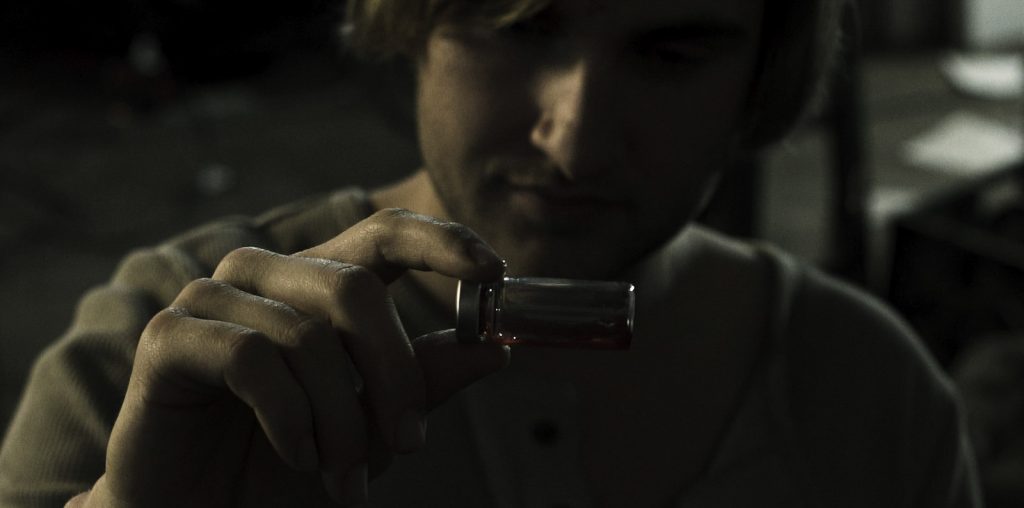
It’s difficult now to imagine life before the invention of a pill that so profoundly changed life as it is now lived, and is so widely used – by 80% of women born after 1945, in fact – that it is simply known as “The Pill.” In the 1950s, when children were routinely born nine months and one day after their parents got married, birth control was illegal in over half the country. A woman’s role then was so rigidly defined that even the Miss America contest placed as high a premium of cooking and mopping skills as it did on physical beauty.
PBS’ American Experience series has now made a fascinating companion piece to last year’s bubbly “Miss America.” Directed by Chana Gazit and David Steward, “The Pill” first succeeds at reminding us what life was like for women until the birth control pill’s introduction in 1960, and then skillfully rides out the tidal wave of social change that followed.
In particular, the film makes heroes of two women and two men who brought the change about through sheer perseverance and chutzpah. Margaret Sanger was a reproductive rights advocate whose mother had been pregnant 18 times (resulting in 11 children, 7 miscarriages and death at age 49) and who was jailed repeatedly for her fierce opposition to the “arrogant, old-fashioned, stupid” Comstack laws outlawing contraception in much of the U.S. In 1951, during the Baby Boom in which women were expected to have sex as expected and families with 5 to 10 children were not uncommon, Sanger met the brilliant reproductive physiologist Gregory Pincus, and together they imagined a pill that could finally give women some control over reproduction.
Financial help arrived in the form of Katherine Dexter McCormick, an elderly heiress, MIT graduate and fellow advocate who immediately began writing checks to fund research. With the cooperation of the Searle pharmaceutical company and Dr. John Rock, a Boston M.D. and devout Catholic, testing began by 1956. Though Rock and the powers at Searle had misgivings about possible Catholic boycotts, an early version of the Pill was marketed under the name Enovid as a treatment for “menstrual disorders.” Soon, over 500,000 women had prescriptions, while everyone knew what the new wonder drug was really about. FDA approval soon followed, and life was never the same. Despite dire warnings of “sexual anarchy” by a Catholic Church hierarchy that was about 1,000 years behind the times, millions and millions of women quickly joined in the revolution; for the first time in human history, they could actually plan their reproductive lives.
Sanger, Pincus and McCormick would not live to see the profound changes that were effected by their invention. The tireless Rock, however, would become its public face, its “chief promoter and publicist.” And despite fundamentalist religious resistance and a serious health scare – due to the drug’s too-high hormone level, which was quickly reduced – the Pill has become almost as significant a fact of life as, well, sex itself. Cheers to Gazit, Steward and all the interviewees for reminding us of how women got here, and where they came from.
